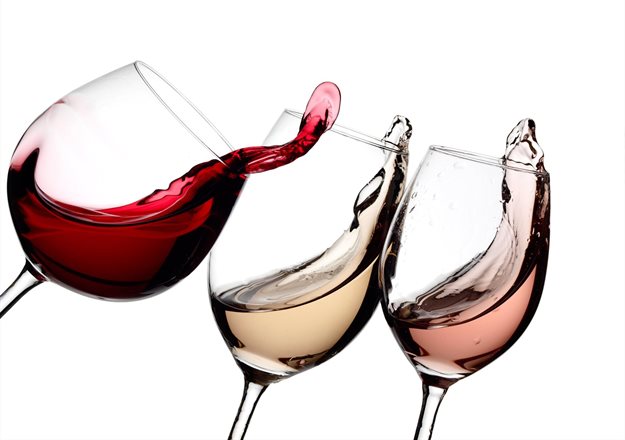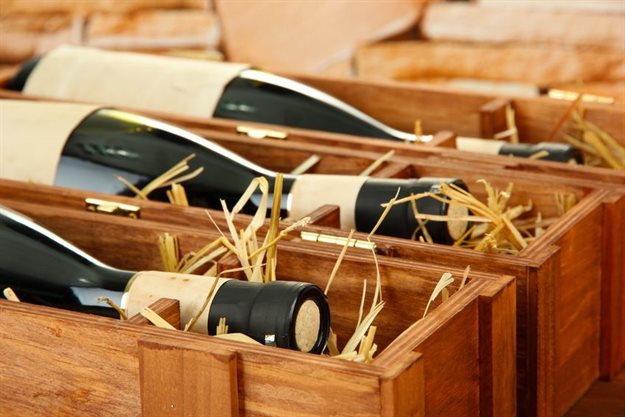As a nation, South Africa is peopled by passionate wine-drinkers, consuming 4 million hectolitres (1.6% of the world's total) in 2019. As far as wine production is concerned, South Africa sits in 8th place on the global stage, with 3.3% of the world's total (or 9.7 million hectolitres) in 2019.
While we love our wine, few of us have stopped to consider the intellectual property (IP) rights that exist in viticulture and viniculture. Indeed, winemaking provides a comprehensive case study when unpacking plant breeders’ rights, registered designs, patents and trade marks.
At each step of the winemaking process, products of the human intellect or creations of the mind are at play. It’s exciting, yes, but it contains a worthwhile lesson for those developing or manufacturing a product: there are IP rights that come into existence and these may require legal protection.
Consider a new grape variety
Imagine the scenario in which a viticulturist develops a new grape variety by means of crossbreeding two known grape varieties - or by some other form of genetic engineering.
In order to protect the new variety, an application for a plant breeders’ right must be lodged, provided that the variety is new, distinct, uniform and stable. A plant breeders’ right exists to protect new varieties of plants that are produced by biological processes, like crossbreeding, because these cannot be protected by a patent under the Patents Act.

Photo by Kai-Chieh Chan from
PexelsA plant breeders’ right application can only be lodged by or on behalf of:
- the breeder; i.e. the person who bred, or discovered and developed the variety; or
- the breeder’s employer, if the variety was bred, or discovered and developed, during the course of employment; or
- the successor to those persons.
Consider an original bottle
Let’s suppose that a winemaker designs a bottle to house the wine created from this new grape variety, that is unlike any other bottle available. They might seek a registered design to protect it.
This form of monopoly right is granted on the outward appearance of the design applied to an article, protecting the way it looks rather than the underlying inventive concept. (The latter can be protected by a patent).
In this case, South African law provides for both aesthetic and functional design registrations. The article (the bottle) encompassing the design can be registered as a design, provided that the design is novel and original (aesthetic design), or new and not commonplace in the art (functional design).
The application for a design must be lodged no more than six months after the bottle is first released, disclosed or sold, otherwise the design will not be considered “novel”.
Consider a new process or device
If this same wine estate, for example, develops an improved process for the vinification of wine, an enhanced bottling system, or even a new mechanical device that is capable of pruning vines in a manner that prevents damage to them, a patent may be granted to protect the intellectual property.
Section 25(1) of the Patents Act says that a Patent may be sought for an invention that is new, involves an inventive step, and is capable of being used or applied in trade, industry or agriculture.
This gives the patent-holder an exclusive right to prevent others from exploiting the invention for a period of time, but the patentee is required to fully disclose the invention in the patent application documents. The owner of the patent is able to earn recognition or financial benefit from their invention, but its public disclosure may direct the progression of the technology.
Consider a badge or symbol
Suppose that the winemaker designs a badge or symbol, like a branded label or logo, in relation to his new wine, to inform the public that the estate is the source or provider of this wine.
This graphical representation is known as a trade mark; a designation that can include device names, signatures, words, letters, numerals, shapes, configurations, patterns, ornamentations, colours, containers for goods, or any combination of these.
Trade marks may be registered, in which case the registration remains in force for 10 years. Prior to the expiry of the 10-year duration the registration can be renewed in subsequent 10-year periods, in perpetuity.
However, unregistered trade marks also enjoy a limited form of protection under South African common law. Their owners may, in certain circumstances, be able to prevent the use of the marks by others, provided that the owner can show that the mark is well-known and that the use of the contentious mark will cause the public to be misled or confused.
This does, however, require that evidence be gathered establishing the trading record of the trade mark and thereby establishing its reputation.
To sum up, there is potential for intellectual property rights in all manner of goods that are the products or creations of human intellect – including bottles of wine. For this reason, careful consideration should be given to the existence of IP at each stage of producing a product, to ensure that the owner is afforded the maximum opportunity for its exploitation and protection.


























